A Complete Guide to Mastering SaaS Sales Forecasting
Unlock the secrets of SaaS sales forecasting with insights on CRM integration and KPI optimization.

Exploring strategies that power effective SaaS lead scoring. Boost business growth by understanding how to identify and prioritize high-value SaaS leads.
Implementing inbound marketing for SaaS businesses has resulted in thousands of leads coming in each day. This makes lead scoring an important feature to utilize to maximize ROI and increase efficiency.
Lead scoring is a systematic approach to evaluate leads based on their likelihood of conversion. It takes into account several factors, such as contact information, website activity, and demographics, to predict which leads are most likely to convert.
Businesses can prioritize their sales efforts, optimize resource allocation, and boost their conversion rates by assigning scores to leads depending on their characteristics and behaviors.
Lead scoring offers various benefits for SaaS businesses. Some of them are discussed below.
Improved Sales Efficiency: Lead scoring can help identify leads most likely to close, which allows the sales teams to emphasize the most promising opportunities.
Enhanced Conversion Rates: A better focus on high-potential leads means that businesses can ameliorate their conversion rates and get better revenue and customer acquisition.
Sales and Marketing Alignment: Lead scoring provides a common language for understanding leads and identifies gaps between sales and marketing teams. Through this, the teams can work towards the same goals and have a better strategy.
Let’s look into lead scoring for SaaS business in detail.
In the realm of Software as a Service (SaaS), the effective evaluation of potential leads involves a nuanced approach, combining specific metrics and a deep understanding of the buyer's journey. This holistic strategy ensures a seamless transition from initial interaction to post-purchase advocacy.
User Engagement Metrics: Monitoring opened emails provides insights into the user's interest level, indicating their engagement with the product or service.
Lead Sources: Identifying the source of a lead is crucial for gauging its quality and the probability of successful conversion.
Demographics: Analyzing demographic data with saas reporting tools, such as age and gender, enables a better understanding of whether a lead aligns with the target customer profile.
Firmographics: Information regarding company size and industry assists in assessing the suitability of a lead for the specific SaaS product or service.
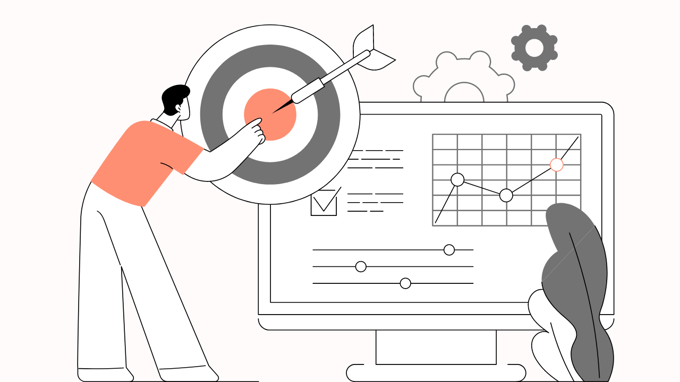
Awareness: The journey initiates as potential customers become aware of the SaaS product or service, prompting them to embark on preliminary research.
Consideration: Progressing into the consideration phase, potential customers evaluate the SaaS offering, making comparisons with other available options in the market.
Decision: At the decision-making juncture, potential customers make the critical choice of whether to commit to the SaaS product or service.
Retention: Having transitioned to the post-purchase phase, the focus shifts to client retention, ensuring satisfaction and effective utilization of the acquired goods or services.
Advocacy: The final stage sees satisfied customers transforming into advocates, actively recommending the SaaS product or service to others, thereby fostering organic growth.
This integrated approach seamlessly blends the meticulous analysis of key metrics with a comprehensive understanding of the customer lifecycle stages, ensuring a strategic and informed lead management process in the dynamic SaaS landscape.
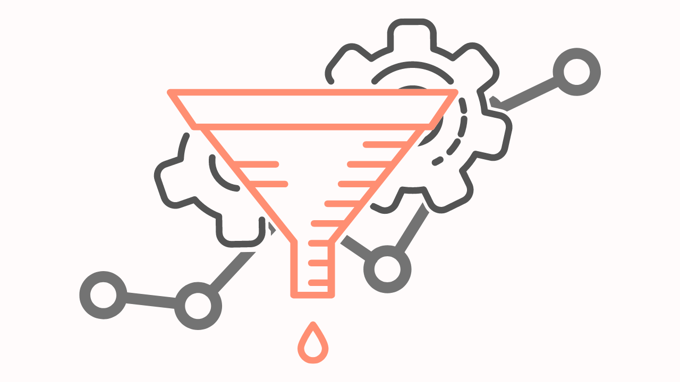
In the fiercely competitive landscape of Software as a Service (SaaS), a personalized lead-scoring model is the key to unlocking the full potential of your business. Adopting a one-size-fits-all approach may fall short, making it essential to tailor your lead-scoring strategy according to your unique objectives. Here's a comprehensive guide on how to achieve this:
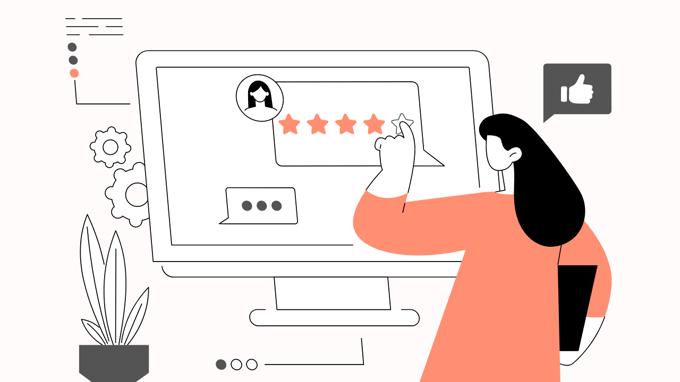
Identify specific business goals, whether it's increasing conversion rates, shortening sales cycles, or optimizing customer retention. Clearly outlining objectives forms the foundation for an effective lead-scoring model.
Understand the nuanced customer journey for your SaaS product. Recognize key touchpoints and interactions that signal progression through the sales funnel. Tailor scoring criteria to reflect the significance of each stage, aligning with the intricacies of your product's journey.
Foster close collaboration with both sales and marketing teams to integrate their valuable insights into the scoring model. Sales teams provide feedback on lead interactions, while marketing teams contribute data on campaign effectiveness. This alignment ensures a holistic and informed approach.
Assign scores based on the depth and frequency of engagement with your SaaS platform. Factors like feature usage, time spent on the platform, and interactions with content help gauge the level of interest.
Moreover, identify characteristics aligning with your ideal customer profile, considering factors such as industry, company size, and geographical location, which significantly influence conversion likelihood.
Recognize that leads from specific marketing channels or campaigns may exhibit varying levels of engagement and intent. Tailor your scoring model i.e. predictive lead scoring models to reflect these nuances, ensuring a nuanced approach based on lead source.
Regularly monitor the performance of your scoring model and refine it based on data-driven insights. Analyze conversion rates, lead-to-opportunity ratios, and other relevant metrics to pinpoint areas for improvement.
Explore the integration of machine learning algorithms to enhance predictive capabilities. Machine learning adapts to evolving patterns in lead behavior, offering a dynamic and responsive approach to lead scoring.
Automation plays a crucial role in streamlining the lead-scoring process. By automating the process, sales and marketing teams can shift their focus to other important tasks like user engagement. Choosing between Account-Based Marketing and Marketing Automation is more advisable for larger companies, favoring the use of Account-Based Marketing in such cases.
Some of the ways that can help you in integrating lead scoring for SaaS include the following.
Use AI-driven predictive analytics to identify high-value leads and personalize marketing campaigns.
Seamlessly integrate lead scoring with the existing technology stack so that you can be updated in real-time.
Automate the lead scoring process to save time and resources.
A successful collaboration between sales and marketing teams is crucial to achieving success in the process. Following are the best practices that can help in better team alignment.

Many different lead-scoring strategies can be used for different SaaS products. Some of the most common ones are:
Demographic Scoring: Assign scores based on demographic information like job titles to identify leads that fit the target customer profile.
Behavioral Scoring: Here, you assign scores depending on the lead’s online behavior, such as how many times they have opened the email.
Predictive Scoring: Use machine learning algorithms to predict which leads are most likely to convert. This helps in personalizing marketing campaigns.
Custom Scoring: In this strategy, a customized lead scoring model is tailored to the specific needs of the business.
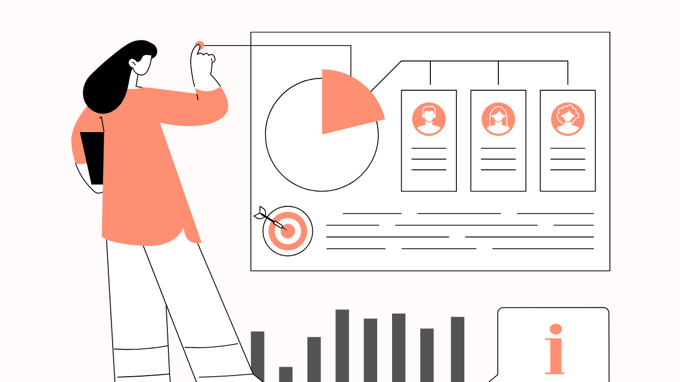
Real-time adjustments and adaptations in lead scoring can help improve the accuracy and effectiveness of the lead-scoring process. Customer behavior in the SaaS industry is subject to rapid changes influenced by market trends, technological advancements, and shifting user preferences. Lead scoring strategies must be dynamic enough to capture and respond to these evolving patterns effectively.
Moreover, SaaS markets are highly competitive, with new trends and competitors emerging regularly. Lead scoring models should be flexible enough to accommodate shifts in market dynamics and adjust criteria based on emerging trends or changing competitive landscapes.
Furthermore, SaaS products often undergo updates and enhancements to stay competitive and meet evolving user needs. Lead scoring should adapt to these changes.
-png.png?width=680&height=383&name=Monitoring%20(1)-png.png)
Measuring this impact requires a careful examination of key metrics that shed light on lead-scoring success.
Here are some ways to measure the impact of lead scoring.
Conversion Rate: The percentage of leads that convert into paying customers. They help you determine the effectiveness of the lead-scoring process.
Revenue: The amount of money generated from converted leads.
Sales Cycle Length: The amount of time it takes for a lead to become a paying customer. This lets you determine if the lead scoring process is helping to shorten the sales cycle.
Customer Lifetime Value: The total amount of money a customer is expected to spend on your product or service. This way, you can calculate the long-term impact of the lead-scoring process.
Marketing Qualified Leads: The leads that have been scored and deemed ready for marketing outreach.
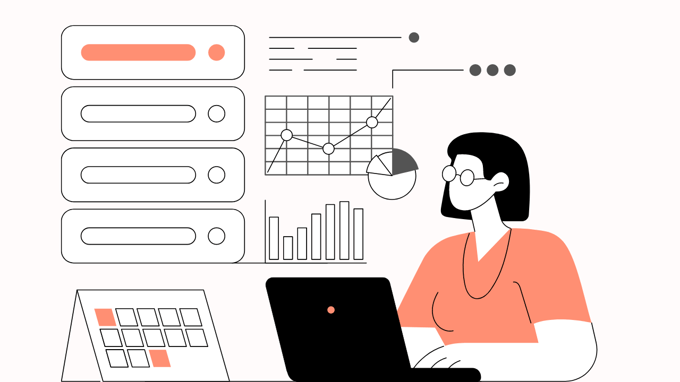
Overcoming challenges in SaaS lead scoring is crucial to ensure the effectiveness of the lead scoring process. Here are some common challenges that companies face when implementing automated lead scoring and how to overcome them:

Inaccurate or incomplete data can lead to flawed lead-scoring results.
Implement data validation processes to ensure the accuracy and completeness of lead information.
Regularly audit and clean databases to eliminate outdated or irrelevant data.
Utilize data enrichment tools to enhance the depth and accuracy of lead information.
The SaaS buyer's journey can be intricate and challenging to track and score accurately.
Map out and understand the various stages of the buyer's journey for your specific SaaS product.
Leverage marketing automation tools to track and score leads across diverse touchpoints.
The SaaS industry evolves rapidly with frequent updates and technological advancements. It can be challenging to adapt lead-scoring models accordingly.
Stay informed about industry trends and technological changes that may impact your SaaS product.
Regularly update lead scoring criteria to incorporate new features and advancements in your product.
Leverage agile methodologies to adjust scoring models in response to technological shifts quickly.
Tailoring lead scoring models to the specific needs of different SaaS products within a business can be complex and time-consuming.
Develop a standardized framework for lead scoring, while allowing for customization based on individual product requirements.
Striking the right balance between behavioral and demographic data is crucial for accurate lead scoring. Still, it can be challenging due to varying weights on each aspect.
Regularly review and fine-tune the weights assigned to behavioral and demographic factors based on their impact on conversion.
Analyze historical data to identify patterns that can inform the optimal balance between behavioral and demographic scoring.
In the world of SaaS, effective lead scoring is a blend of art and science. Through the implementation of key metrics and customized models, you can develop a robust strategy that will accelerate your SaaS business toward sustainable growth.

Unlock the secrets of SaaS sales forecasting with insights on CRM integration and KPI optimization.

Explore strategic insights for business growth as we guide you through the 7 Stages of SaaS Customer Lifecycle.

Discover effective SaaS lead generation strategies in this comprehensive guide. Learn how to attract, engage, and convert leads into customers.